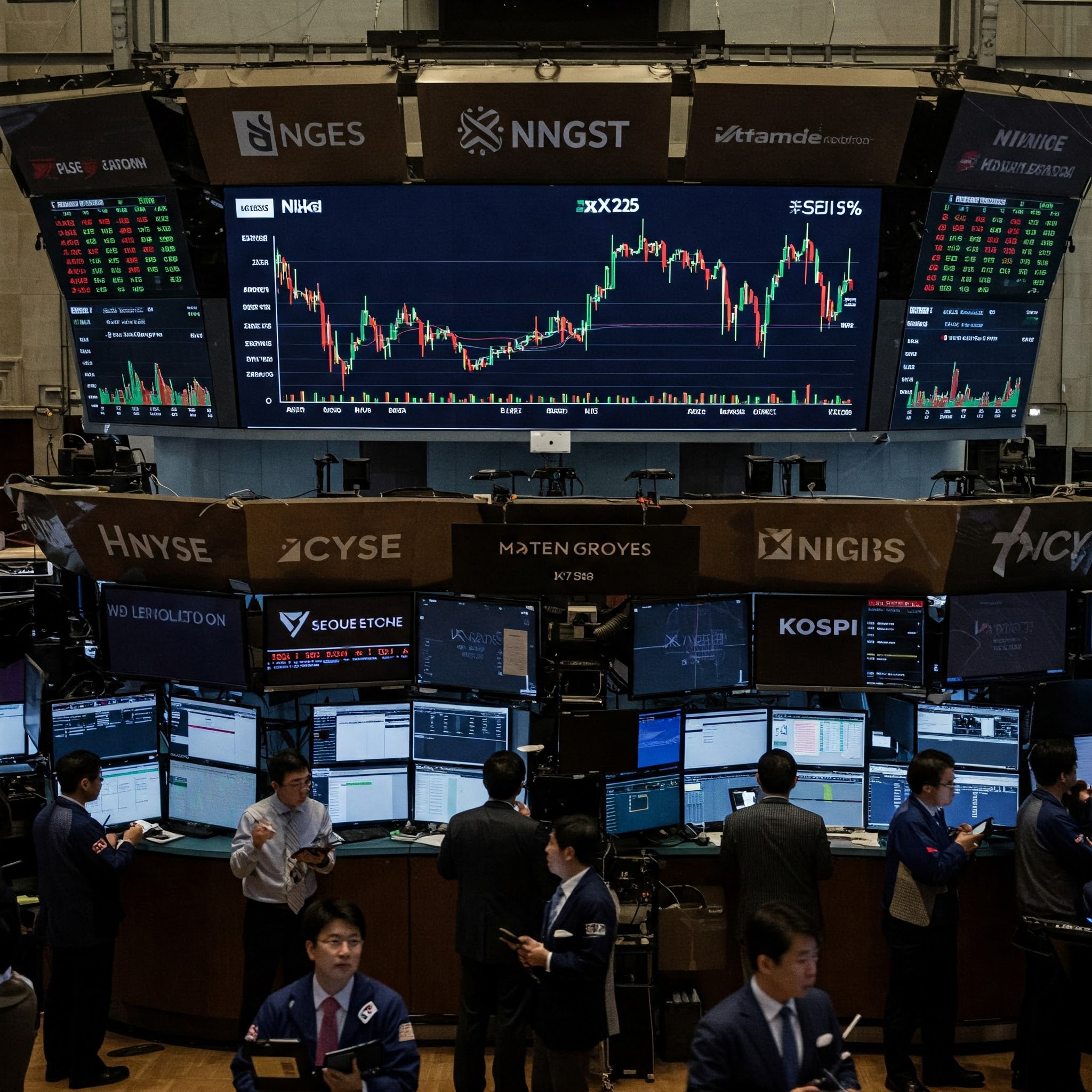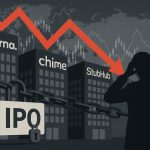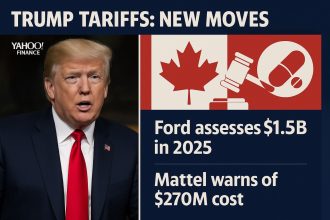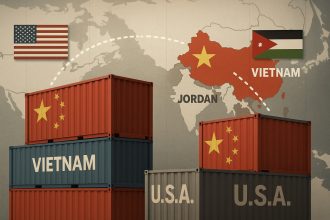Last week, I was sipping coffee at my favorite café, scrolling through the news, when a headline stopped me cold: Japan’s Nikkei 225 had plummeted 7%, and South Korea’s KOSPI wasn’t far behind, dropping over 5%. The culprit? New U.S. tariffs that have sent shockwaves through Asian markets and sparked whispers of a global recession. As someone who’s been writing about the human side of economic shifts for a decade, I couldn’t help but wonder: what does this mean for everyday people like you and me? Let’s unpack the chaos, explore why these markets are reeling, and figure out how to navigate the uncertainty—without losing our cool.
Why Are Asian Markets Freaking Out?
The U.S. recently rolled out hefty tariffs, including a 54% levy on Chinese goods and targeted duties on countries like Japan (24%) and South Korea (25%). These aren’t just numbers—they’re economic bombshells. Asian economies, heavily reliant on exports to the U.S., are feeling the heat. When tariffs jack up the cost of goods, demand drops, and so do stock prices. It’s like a domino effect: one policy shift in Washington, and suddenly Tokyo and Seoul are scrambling.
Japan’s Nikkei 225, a benchmark for the country’s top companies, hit an 18-month low, with tech giants like Sony and automakers like Toyota taking a beating. South Korea’s KOSPI, home to heavyweights like Samsung, entered bear market territory, down 20% from its July peak. The fear isn’t just about tariffs—it’s about what they signal: a potential global trade war that could choke economic growth worldwide.
The Ripple Effect: From Stocks to Your Wallet
You might be thinking, “I don’t own stocks in Tokyo, so why should I care?” Fair question. But these market drops aren’t just ticker symbols flashing red—they affect real people. Here’s how:
- Higher Prices: Tariffs mean pricier imports. That phone or car you’ve been eyeing? Expect a heftier price tag.
- Job Risks: Companies like Nissan, which halted production in Mexico, may cut jobs if profits tank. If you work in a global industry, this could hit close to home.
- Retirement Savings: If your 401(k) or pension includes international funds, those dips in Asian markets might shrink your nest egg.
- Global Recession Fears: Economists are tossing around scary numbers—JPMorgan pegs recession odds at 60%. A slowdown could mean tighter budgets for everyone.
A Personal Wake-Up Call
I’ll admit, I got a bit of a reality check last month when my cousin, a small-business owner, mentioned how rising import costs were squeezing her margins. She sells handmade jewelry, sourcing materials from Asia, and now she’s rethinking her pricing. It hit me: these tariffs aren’t just headlines—they’re messing with people’s livelihoods. It’s not just about the Nikkei or KOSPI; it’s about the ripple effects on entrepreneurs, workers, and shoppers.
That’s why I started digging deeper. The markets are telling a story of fear and uncertainty, but they’re also a chance to get savvy. Whether you’re an investor, a business owner, or just someone trying to stretch a paycheck, there’s a way to stay ahead.
Staying Ahead in Uncertain Times
So, how do you protect yourself when the markets are in a tailspin? Here are some practical steps to weather the storm, drawn from my years of watching economic ups and downs:
- Diversify Your Investments: If you’ve got money in stocks, don’t put all your eggs in one basket. Spread your investments across different regions and industries to cushion the blow from market drops.
- Watch Your Budget: With prices creeping up, now’s the time to trim unnecessary expenses. Skip that extra latte (I know, it hurts) and stash the savings for a rainy day.
- Stay Informed: Keep an eye on trade policy updates. News about tariff pauses or negotiations—like Trump’s recent 90-day tariff suspension—can signal market rebounds.
- Explore Safe Havens: Gold prices hit record highs ($3,130 per ounce!) as investors fled to safety. Consider assets like gold or bonds if you’re looking for stability.
- Support Local: If you’re a shopper or business owner, source goods locally when possible to dodge tariff-driven price hikes.
A Quick Note on Trading Tools
Speaking of staying informed, a colleague recently mentioned a platform that’s been gaining traction for navigating volatile markets: PocketOption. It’s a user-friendly trading tool that lets you track assets like stocks, commodities, and currencies, which is handy when markets are this unpredictable. I haven’t tried it myself, but she swears by its real-time data and intuitive interface for making sense of global shifts. If you’re curious about exploring trading options, check it out. Just a heads-up—always do your own research before diving into trading!
Challenging the Recession Panic
Here’s where I’ll push back a bit: not everyone agrees a recession is inevitable. Some analysts, like investor Ken Fisher, argue the fear is overblown, calling tariffs “stupid” but unlikely to tank the global economy. Others point out that markets often overreact before stabilizing. Remember the 2020 crash? It was brutal, but recovery came faster than expected for many sectors.
Still, the panic is real. In Hong Kong, the Hang Seng Index tanked 13% in a single day—its worst since 1997. China’s retaliatory tariffs (84% on U.S. goods) aren’t helping. But history shows economies are resilient. Japan and South Korea have weathered trade spats before, and their governments are already pledging support, like South Korea’s $2 billion aid for its auto industry.
What’s Next for Asian Markets?
Predicting markets is like reading tea leaves, but there are signs to watch. If trade talks heat up—Japan’s already sending negotiators to the U.S.—markets could bounce back. A pause in tariffs, like the 90-day reprieve Trump announced, sparked a 9% Nikkei rally in a single day. But if tensions escalate, especially with China’s 145% cumulative tariff looming, brace for more volatility.
For now, the Nikkei and KOSPI are still nursing wounds. The Nikkei’s down 20% from its July peak, and KOSPI’s bear market status signals investor jitters. Yet, companies like Samsung and SK Hynix are posting strong earnings, hinting at pockets of strength.
Your Move in a Shaky World
I won’t sugarcoat it: the tariff mess is unsettling. But it’s also a reminder to take control where you can. Back at that café, as I finished my coffee, I jotted down a plan to review my own budget and check my retirement fund’s exposure to Asian markets. Small steps, sure, but they add up.
What about you? Are you feeling the pinch from rising prices, or are you eyeing opportunities in this chaos? Drop a comment below—I’d love to hear how you’re navigating this. And if you’re curious about markets or trading tools like PocketOption, poke around, stay sharp, and don’t let the headlines scare you into inaction. The world’s shaky, but we’ve got this.





